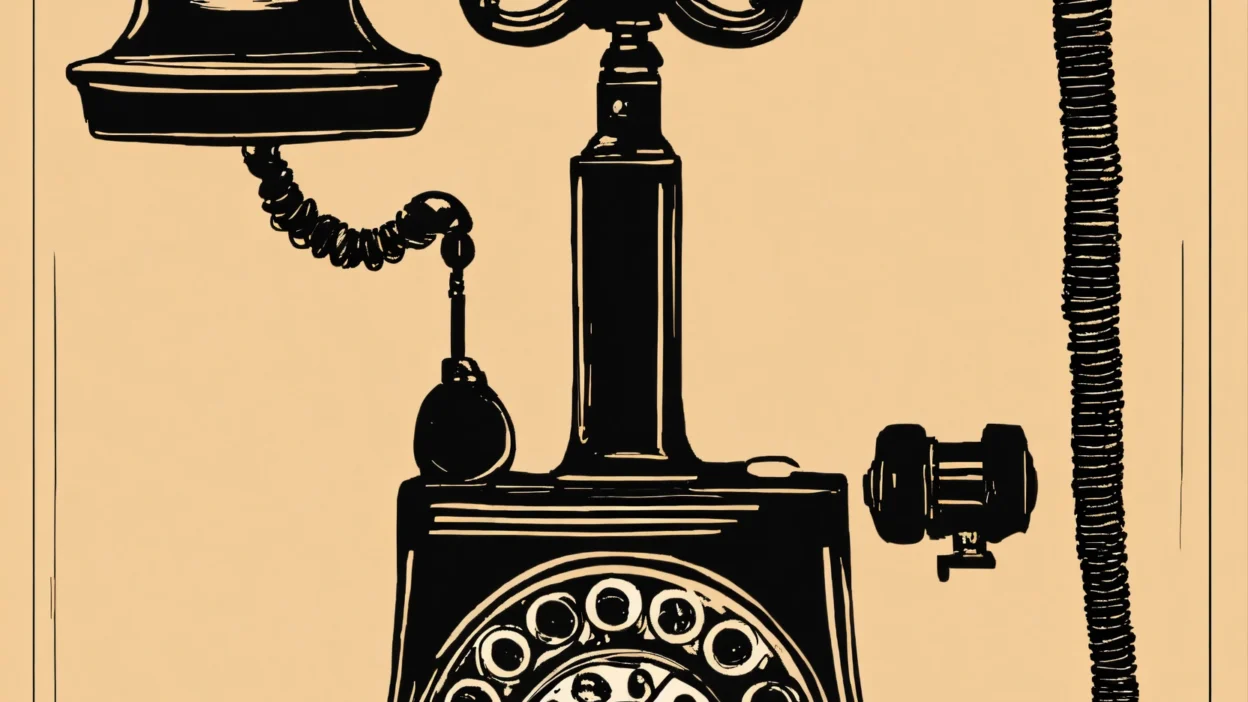On April 3, 1973, a monumental event in communication history unfolded on the busy streets of New York City. Martin Cooper, an engineer at Motorola, made the first mobile phone call. This call changed the way the world communicates and sparked the wireless revolution.
The Birth of the First Mobile Phone Call
Inspired by the personal communication devices seen in Star Trek, Martin Cooper conceptualized the first portable handset, the Motorola DynaTAC. After years of development, his team at Motorola was ready to test the new technology. The first mobile phone call was made to Cooper’s rival at Bell Labs. This call marked a significant victory in the telecommunications race.
Innovations that Enabled the First Call
The device used for the first call was bulky. It weighed 2.5 pounds and measured 9 inches long. This was far from today’s sleek smartphones. Nevertheless, the call demonstrated the potential of mobile communication. It also highlighted Motorola’s commitment to innovation.
Impact on Modern Communication
The success of the first mobile phone call led to rapid developments in mobile technology. Motorola remained at the forefront of these advancements. This pivotal moment transformed personal communication, global connectivity, and emergency services. It also contributed to the growth of the digital economy.
Today, as we look back, we see how Cooper’s call from a Manhattan street corner was more than just testing a new device. It was the beginning of a new future—one where people could stay connected anytime, anywhere. This future was made possible by Cooper’s vision and Motorola’s pioneering spirit.
The Evolution of Mobile Phones
Following that historic first call, the mobile phone rapidly evolved. In the years after, the DynaTAC became commercially available in 1983. However, it was still large, costly, and had limited functionality. Yet, this marked the beginning of a technological revolution.
As time passed, mobile phones became smaller, lighter, and more affordable. In the 1990s, the introduction of digital networks allowed for clearer calls and longer battery life. By the early 2000s, mobile phones were equipped with basic features like texting, cameras, and internet access. This transformed them from mere communication devices to essential tools for daily life.





